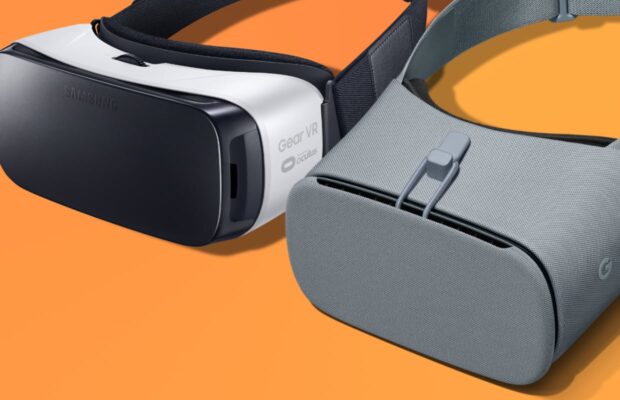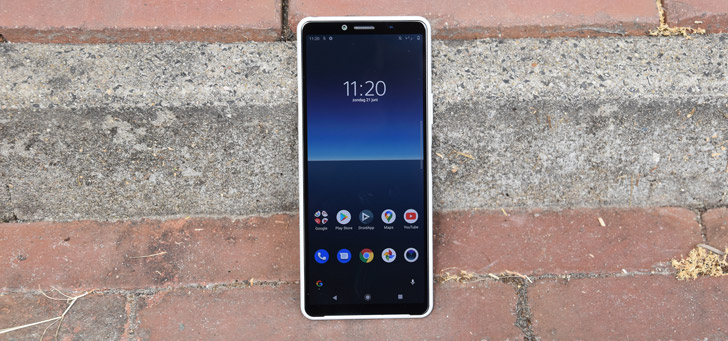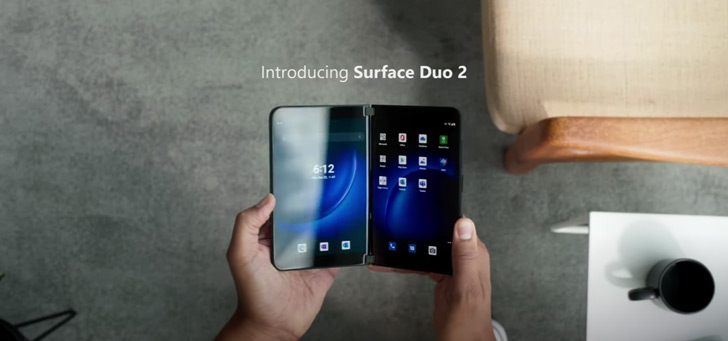this means augmented, virtual and mixed reality
Anyone looking for VR glasses will come across all kinds of technical terms. In this article we therefore try to create clarity in the world of virtual and augmented reality.
Read on after the ad.
Augmented reality dictionary: this means the jargon
Augmented reality, virtual reality and inside-out tracking: just some of the terms you get when you are looking for smart glasses. Below we therefore explain in clear language what all this jargon means. Tap the links below to go directly to the respective explanation.
Augmented Reality
Augmented reality, AR for short, adds digital elements to the ‘real’ world. A clear example is Pokémon GO, the wildly popular game from 2016. Players went out with their phones to capture digital critters using their smartphones.
The game took advantage of the environment around us and hid Pokémon in the park, at sights and on the street. You could only catch them by traveling to these places and opening the app on your phone.
Another great example of AR is the IKEA app. You can use this to check from home whether new furniture fits into your interior. The camera of your phone measures the size of the room in your house, and then shows on a scale how a chair, bed or sofa will (not) fit in the house.
Virtual Reality
Virtual reality (VR) is the opposite of AR. With VR you completely shut off from reality and then immerse yourself in a virtual reality. For this you use, for example, smart glasses from Oculus or HTC.
We see good examples of VR in the games industry. More and more VR games are coming out that offer a completely different gaming experience than what we are used to so far because you really walk in the world. Thanks to the glasses, for example, you have to ‘really’ turn your head to look around you in the game.

Mixed Reality
You may already feel it coming, but mixed reality (MR) is the fusion of AR and VR. MR, for example, conjures up realistic 3D images into your living room by projecting it onto the wall. It is also possible to place a virtual photo frame that always remains in the same place.
We come across MR, for example, with the HoloLens glasses from Microsoft. In recent years, however, we have mainly seen developments in the field of AR and VR.

Web Reality

Web Reality (WebAR) is AR, but on a website. You experience the merging of the ‘real’ and digital world through a browser, the app you use to surf the internet.
We currently encounter WebAR a lot in the advertising world. For example, makers of products hide a QR code on the packaging that consumers can scan with their camera, after which an animation appears on the image.
We see other cool examples of WebAR in museums. Artworks can, for example, be brightened up with an animation or movie the moment you point your phone camera at it.
Extended Reality
Do we throw all these realities in one heap, you get Extend Reality (XR). This is nothing more than a container term for AR, VR and related concepts. XR is also sometimes called X Reality and can therefore be seen as the umbrella term for techniques in which the real and digital worlds intersect.
controller
Smart glasses usually come with a controller. You need this to play games, for example. You use the VR glasses to experience the digital world, but to run, jump or attack you still need an ‘old-fashioned’ game controller.

Field of view
This is the image you can view without moving your head or eyes. Field of view is the opposite of field of view, in which the eyes are allowed to move.
A larger field of view therefore makes a VR experience more engaging. On the other hand, a narrow field of view means you can see the edges of the glasses, which is not conducive to the experience.
Headband
When you think of glasses, you might think of a compact frame, such as regular reading glasses, but VR glasses are currently still quite clumsy. When choosing a new pair of glasses, it is therefore wise to pay close attention to the headband.
These must be comfortable while using the VR glasses, because otherwise you will suffer from your head or neck muscles.
Inside Out Tracking
Inside Out Tracking is a widely supported technique within the AR and VR world for location determination. This technique registers which way you move your head, and ensures that the digital world adapts to this.
With some (cheaper) glasses you have to use external sensors for this, but with more expensive ones, inside-out tracking is simply incorporated into the glasses.
Inter Pupillary Distance
Inter Pupillary Distance, or IPD, stands for the distance between your pupils. The lens distance of your VR glasses should match your personal IPD as much as possible, otherwise the image will not be clear.
The majority of adults have an IPD of between 56 and 70 millimeters and almost all glasses are made for this. At the optician you can measure the exact distance between your pupils.

Refresh rate
Very important when choosing VR glasses: the so-called refresh rate. The refresh rate is indicated by a number followed by the letters “Hz”. A refresh rate of 90Hz means that the image is refreshed 90 times per second. A higher refresh rate produces smoother images.
Resolution
When buying VR glasses, it is important to pay attention to the resolution. This number indicates how many pixels the glasses can show. In short, the more pixels smart glasses have, the sharper the image is.
Risks of AR and VR
Many people can get started with AR and VR without any problems, but it’s not always all the best. For example, some get nauseous with VR glasses.
This is because the glasses take you into a digital world and that can disrupt your balance, for example, or cause you to get motion sickness. It is also possible that your eyes get tired, causing you to get a headache. Therefore, first try out whether it is something for you before buying expensive VR glasses.

Standalone headset
Do you see “standalone” in the product description of smart glasses? That means you can use it on its own because the processor is in the glasses. This is necessary for the computing power to, for example, play games on the glasses.
Older VR glasses in particular are not standalone, but must be linked to a desktop or laptop because of the processor. In that case, the smart glasses borrow the computing power of your computer.
Monthly theme: AR and VR
The whole month of April is iPhoned dedicated to AR and VR. For example, we list the most important rumors about Apple’s AR glasses and explain which Apple glasses patents the Cupertino company has. These documents show which way the product is going.



